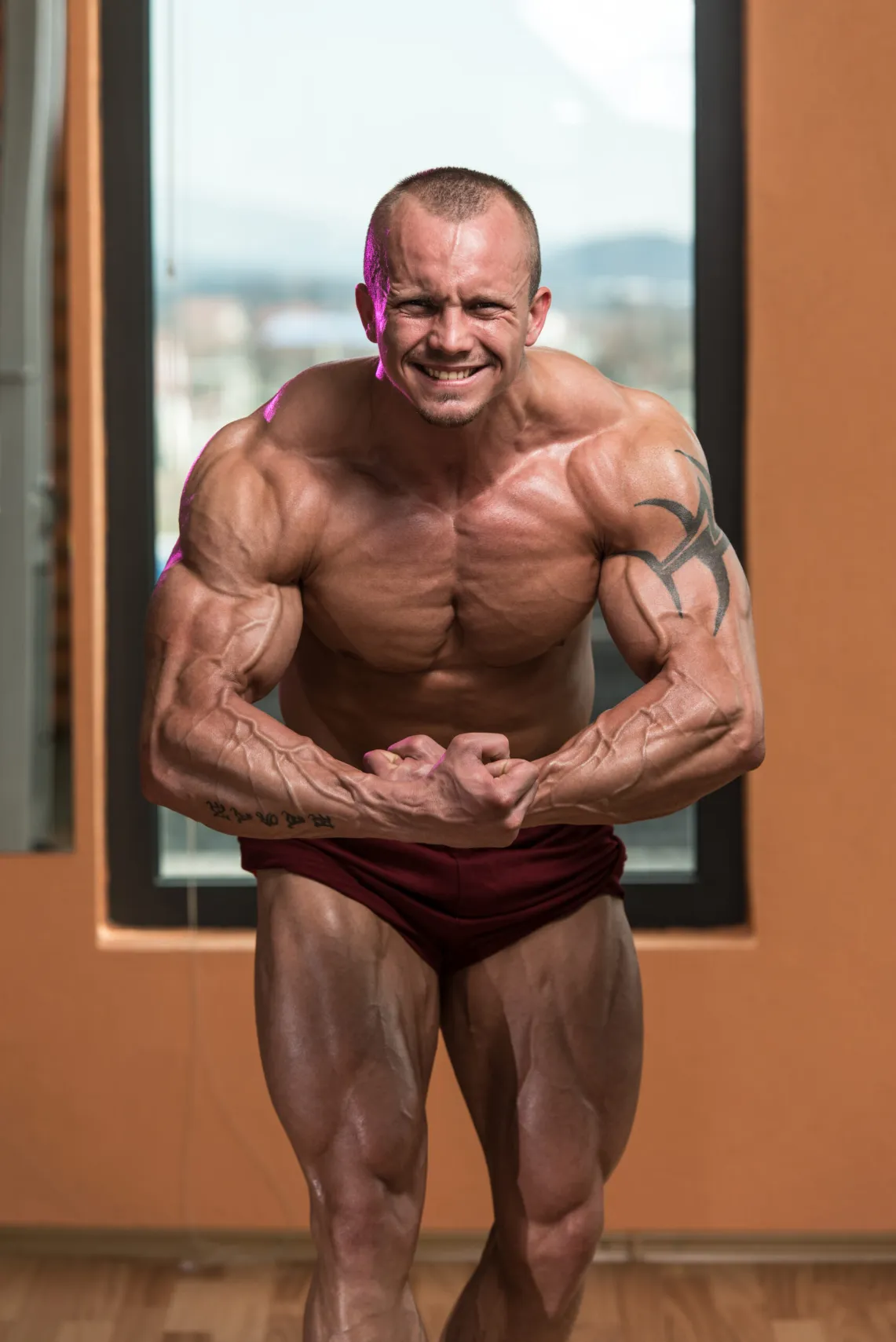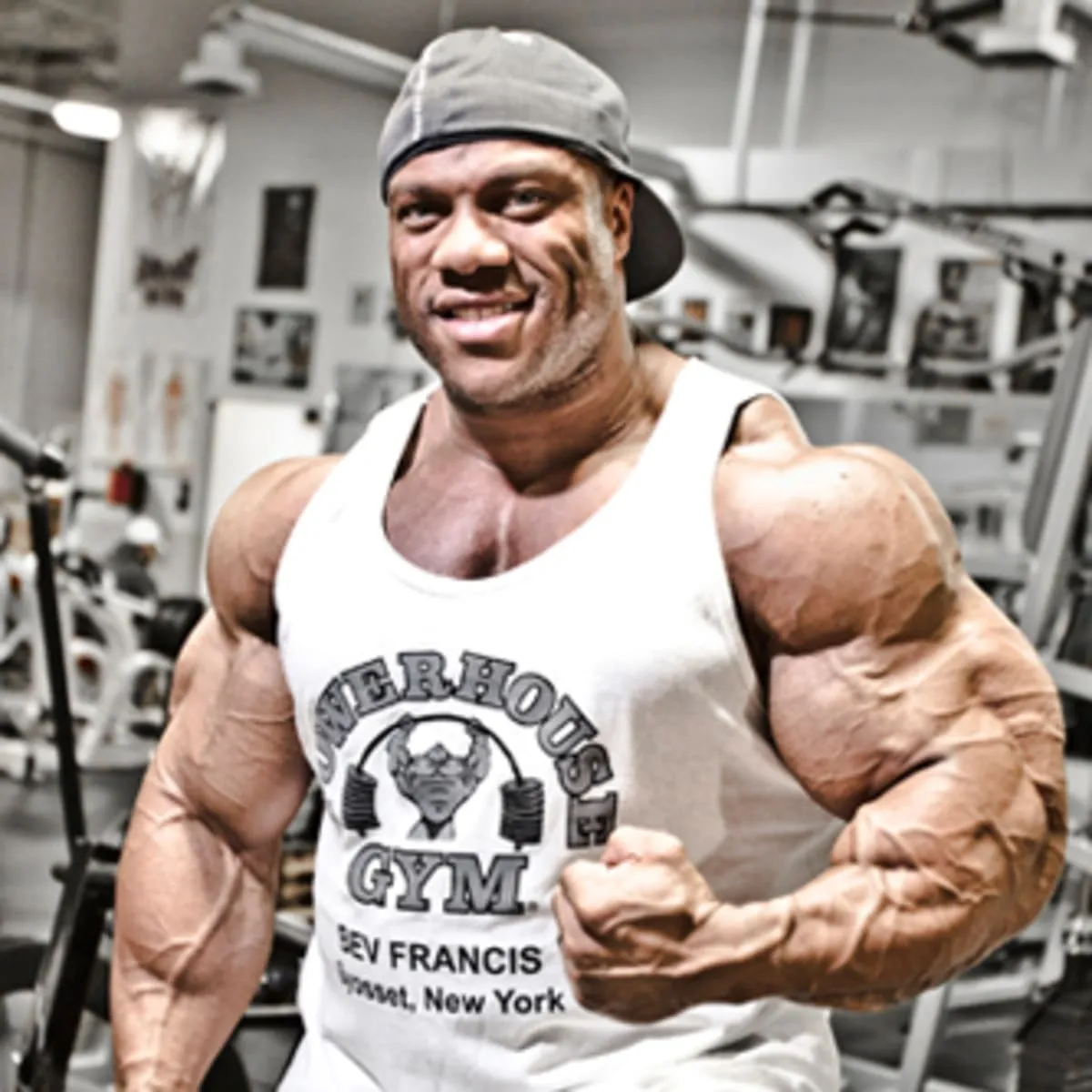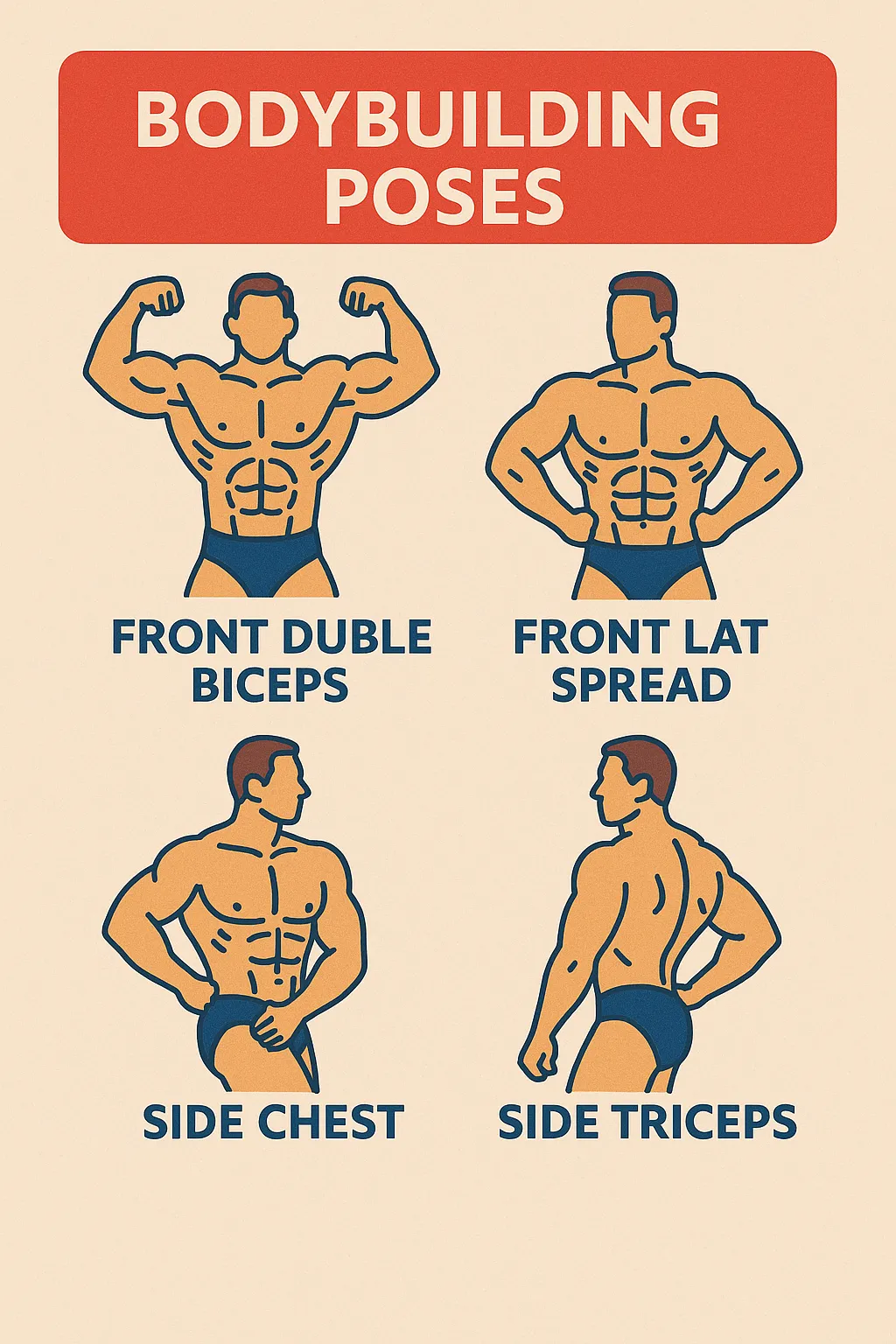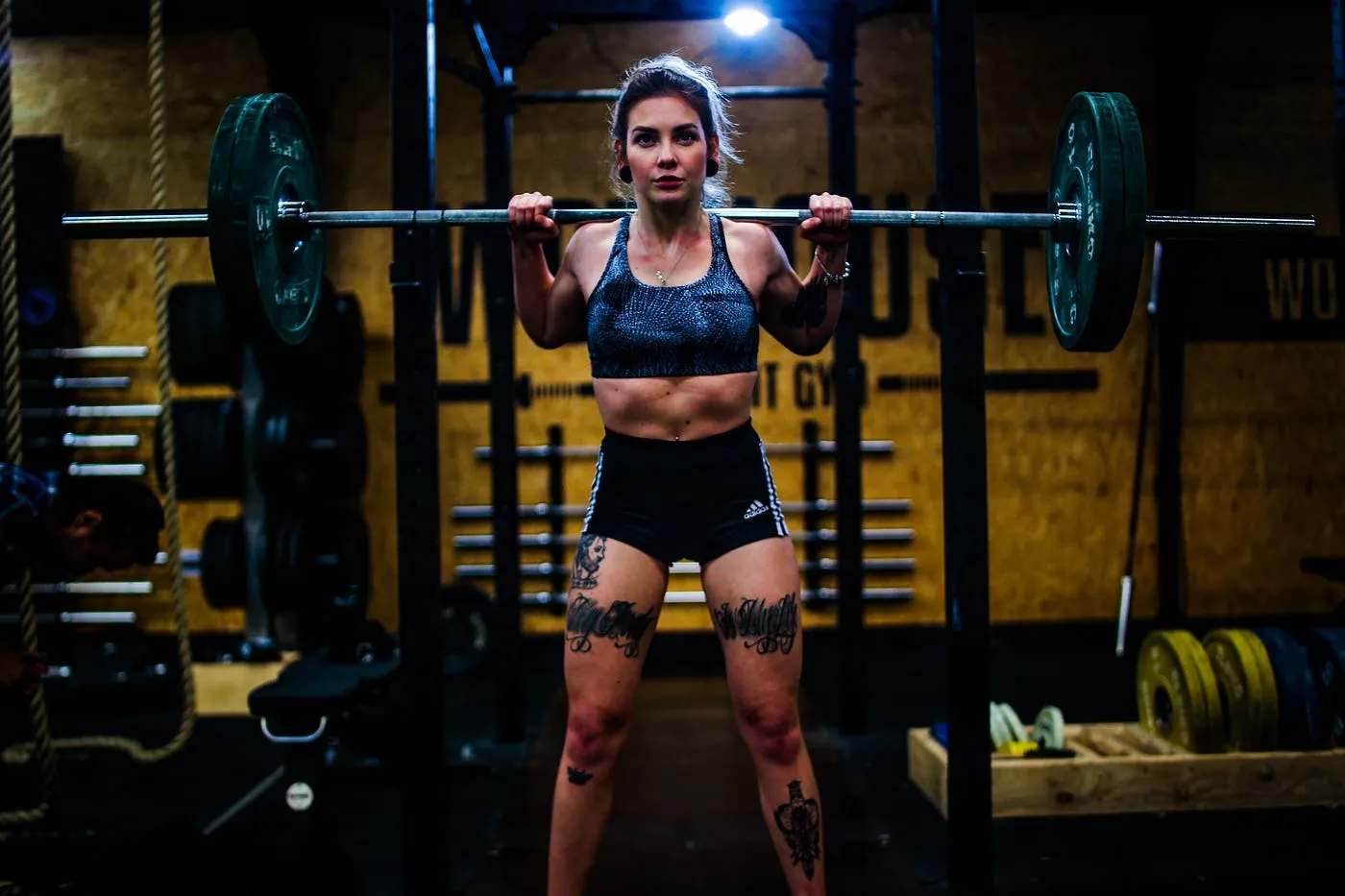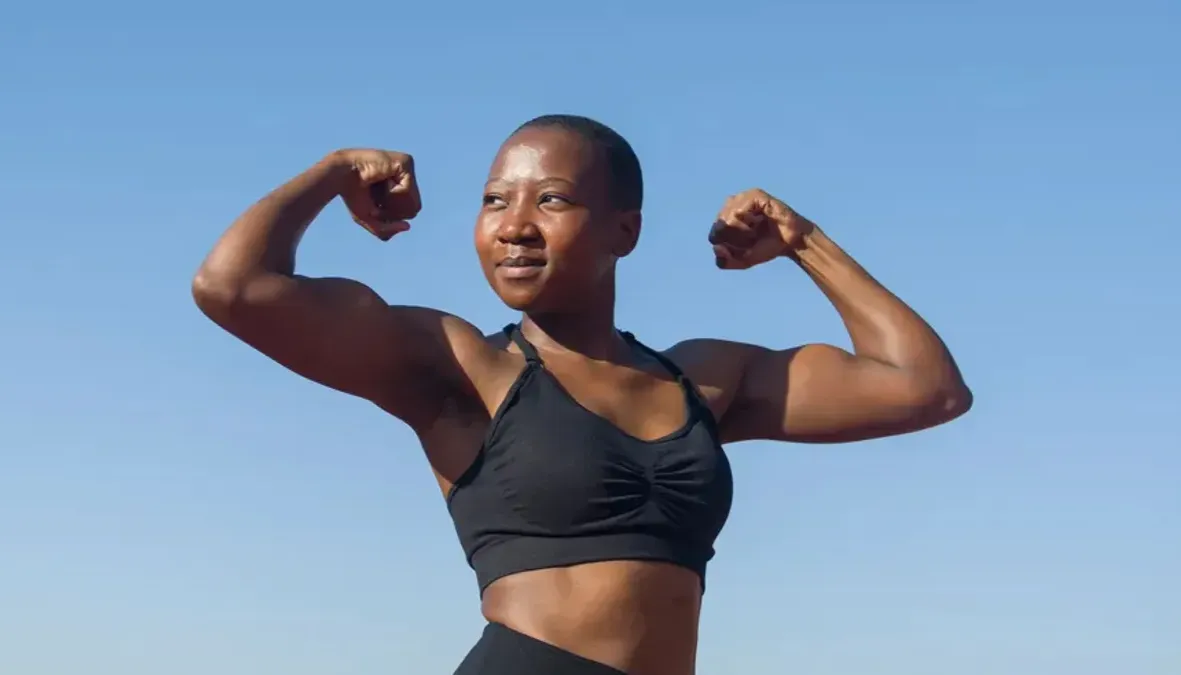Amblyopia exercises or Lazy eye exercises aren’t the only practical treatment option for amblyopia. Gymnastics for the eyes comprises predominantly of eye training, which is necessary to stop symptoms associated with poor eyesight.
Amblyopia (lazy eye ) being a visual development disorder, in which an eye fails to achieve normal visual acuity, with glasse s or contactleses correction. It is usually inherited as an infantile or early childhood disorder, and if left untreated, results in lifelong visual disability.
Thankfully, advancements in vision therapy have developed several amblyopia exercises that are proven to greatly improve or even fix the condition, particularly if done along with conventional methods.
We’ll discuss what can cause and what are the symptoms of amblyopia, the significance of early identification, and many different amblyopia exercises that can be used to help develop the weaker eye and also enhance binocular vision.
Understanding Amblyopia
Damage to one eye causes the brain and that eye to not cooperate properly in amblyopia. Accordingly, the brain prefers one eye, and it will inhibit or ignore the visual data coming from the other.
Gradually, the suppression causes the underused eye to develop with weakened vision.
Causes of Amblyopia
Amblyopia comes in three main forms, each with its own cause:
1. Strabismic Amblyopia
A constant misalignment of the eyes (strabismus), one eye may turn in, out, up or down.
2. Refractive Amblyopia
This is when there’s a large variance in prescription (refractive power) between the two eyes, resulting in one eye having a blurred vision.
3. Deprivation Amblyopia
Resulting from a physical block to sight, as in early cataract, and is characterized by a lack of normal visual experience.
Symptoms of Amblyopia
Although the symptoms can sometimes be mild, here are some more common signs:
1. Poor depth perception
2. Squinting or shutting one eye
3. Head tilting
Eyes Which Do Not Seem to Be in Harmony
Poor coordination and judgment of space.
It’s important to catch it early, because kids respond better to treatment for the condition than adults do.
But some new research has found that adults too can benefit from treatment for amblyopia, which may include eye exercises.
Classic Amblyopia Therapy
Before we jump into exercises, it’s important to note the basic treatments for amblyopia that are already in place and frequently used:
1. Patching: When one eye is covered to make the brain use the weaker one.
2. Atropine Drops – for blurring the stronger eye, like patching.
3. Corrective Glasses : Eye glasses or contact lenses used to correct refractive errors.
These therapies along with amblyopia exercises can result in remarkable enhancements.
How Amblyopia Exercises Work
Amblyopia activities, per those programs already mentioned, aim to enhance the connection between the brain and eye, as well as reversing the favoritism of the strong eye, and developing the ability of the eyes to work together.
These are activities that can be performed at home or with an optometrist or vision therapist.
Effective Amblyopia Exercises
1. Pencil Push-Ups
This easy exercise is very helpful in training focus and convergence.
How to Perform:
- Hold a pencil at arm’s length and direct the point toward your nose.
- Stare at the tip of a pencil and slowly move it toward your nose.
- Cease when the image is double or blurred, then repeat.
- 5-10 minutes of this per day.
Benefits:
- Improves convergence
- Encourages binocular vision
- Can be done anywhere
2. Brock String Exercise
The Brock String Should Be Part of Every Sports Vision Training Room.
How to Perform:
- Use a piece of string with colored beads strung on it.
- Tie one end to an anchorage and clutch the other across your nose.
- Concentrate on one bead at a time until you can see the “X” pattern around the bead.
- Keep on going, back and forth, focusing and refocusing.
Benefits:
- Enhances depth perception
- Develops Eye Teaming and coordination
Patch Therapy with Activities
You may block the dominant eye by applying an eye patch, and involve the less dominant eye with a movement or activity.
Recommended Activities:
- Coloring or drawing
- Puzzle solving
- Reading or watching videos
- Vision training via video gaming
Benefits:
- Strengthens the lesser eye
- Enhances visual processing via its stimulant properties
1. Computerized Amblyopia Therapy
There are some software programs and apps available for treating amblyopia with interactive games and activities.
Examples include:
1. Revital Vision
2. Vivid Vision
2. Home Vision Therapy (HTS)
These programs apply principles such as perceptual learning and binocular stimulation.
Benefits:
- Perfect for kids and adults
- Convenient and engaging
- Tracks progress over time
3. Red Green Glasses Therapy (Chromostereopsis Exercises)
This includes the use of special glasses and dual images to generate binocular vision.
How to Perform:
- Wear red-green glasses.
- See images or play games which has the whole picture.
- The red lens sees only red bits, the green lens sees only green bits—compelling the brain to engage both eyes.
Benefits:
- Exercises for both eyes at the same time
- Encourages visual balance
4. Professional Vision Therapy
Optometrists and vision therapists may structure exercises to specific requirements. These sessions may include:
- Eye tracking exercises
- Focus flexibility training
- Binocular integration tasks
Benefits:
- Personalized approach
- Supervised progress
- Effective for complex cases
- Reading and Tracing Words
- Encourage the child to use the weaker eye at activities such as reading or tracing letters.
How to Perform:
- Patch the dominant eye.
- See that colored markers or large font texts are employed for visual’s.
- Read the words out loud or trace the words slowly.
Benefits:
- Improves visual tracking
- Increases recognition and processing
“Do’s and Don’ts” for Amblyopia Activities
For optimal results, use in conjunction with:
- Consistency: Only daily work gets you there.
- Early Start: Sooner the Intervention, Better the Results.
- Patience: Changes may require weeks or months to appear.
- Engagement: Find ways to make workouts enjoyable for children – such as by implementing games, rewards, and variety.
- Professional Guidance: Consult an eye care professional for personal plans.
- Adult Amblyopia: Can Exercises Still Work?
Previously, amblyopia was deemed to be untreatable after a certain age (usually 8–9 years).
But recent studies reveal that adults can also gain from vision therapy and amblyopia exercises, if they’re integrated with perceptual learning and interactive technologies.
Tips for Adults
1. Apply the use of computer-based programs created for adult learners.
2. Therapy can be augmented with other treatments to diminish visual stress.
3. Keep your expectations grounded – it’s not an overnight fix.
4. Supporting Eye Health on All Levels
Though exercises are essential, aiding the general eye health can help in quicker recovery:
1. Nutrition: Consume plenty of vitamin A, vitamin C, and vitamin E rich foods, omega-3 fatty acids also antioxidants.
2. Moisturize: Keep your eyes moist and hydrated.
3. 6 chin down : Rest You need to recover your eyes
4. Reduce Screen Time: Periodically, disconnect from screens to minimize the strain.
Final Thoughts
Amblyopia is a complicated but curable condition, more and more so with early and consistent treatment.
Amblyopia exercises, combined with traditional treatments, can greatly enhance visual function by teaching the brain to integrate signals from the two eyes more effectively.
Whether you’re a parent wanting to lend your a child a helping hand, or an adult hoping to recapture some lost vision, these exercises can be a powerful addition to your vision therapy toolbox.
As always be sure to speak with an optometrist or vision therapist before beginning a new exercise regimen to make sure it is safe for you and/or effective.
Just remember: A focused step can go a long way. Stick with it, be patient, and give those eyes the TLC they deserve.



